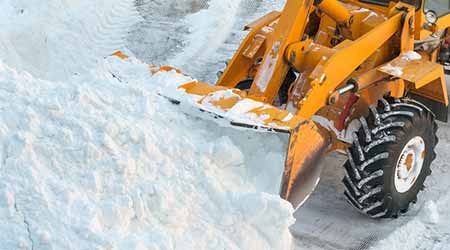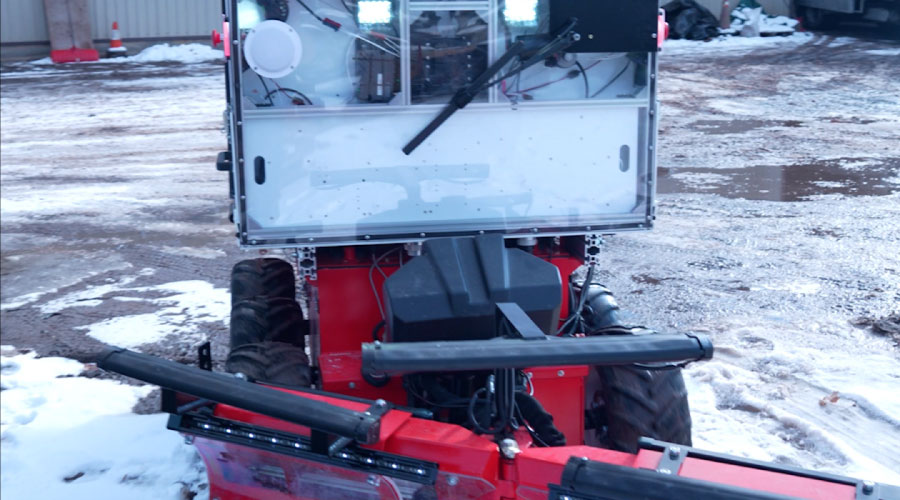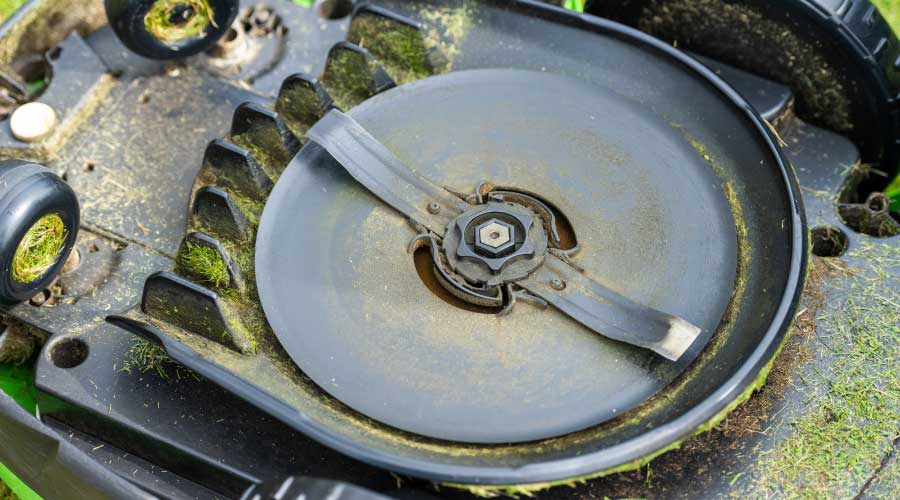Snow and Ice Management Practices Evolve
Part 1 of a four-part article on snow and ice management at the University of Michigan
Nature always bats last. To put this old saying another way, organizations can do their best to prepare for bad weather, but ultimately, nature determines if those measures were enough.
Some preparations for weather involve quick response to rapidly changing conditions, but effective planning for winter requires a more methodical strategy for grounds managers with institutional and commercial facilities.
More: Snow and Ice Management Strategies
“It really doesn’t ever stop,” says Robert Doletzky, supervisor of turf, irrigation and grounds maintenance with the University of Michigan in Ann Arbor. “Every spring, we recap the previous winter to see what went well, what didn’t go so well, where we need to make changes while it’s fresh in our minds. In spring and summer, we adjust or replace our equipment as necessary.”
The challenges that Doletzky and his 52-person department face in ensuring the 3,211-acre campus remains open, accessible and safe during and after winter storms offer insights into planning, equipment and staffing strategies that can benefit organizations of all sizes.
Roll with the changes
The size of the University of Michigan creates a vast set of challenges related to preparing for winter weather. The campus hosts more than 43,000 students, in addition to faculty and staff. It features 21 miles of roads, 154 acres of surface lots and docks, 105 miles of 8-foot-wide sidewalks, and 11 miles of 24-inch-wide steps and handicap ramps.
The task of clearing these areas after a storm falls in part to the grounds services department, which handles building entryways and surrounding walks, Doletzky says. The university’s plant building services department helps with snow removal at entryways, and the parking services department maintains about 85 percent of parking lots. Planning for the arrival of winter weather first means assessing the changes that take place year-round.
“The campus evolves every year, so there are changes,” Doletzky says. “Buildings are built, and some are taken down. So there’s an evolution in how the hardscape changes. Our full-time staff runs the equipment, and we review all the routes in late summer and early fall.
“We begin changing over equipment in September because it takes a month or so. We turn some of our mowers into rotary brooms with cabs. As they get changed over, we have our crews go through the routes with their equipment to refresh their memories. If they’re new, we’ll invest in training for them on how to run the equipment.”
The department also has revamped its approach to winter chemical use, a change that has affected equipment and training decisions.
“We’re heavy on liquid deicing and anti-icing, so there’s a lot of training involved in applying the proper amount of liquid and making sure your equipment is working properly,” Doletzky says. “It’s not as simple as plowing, which is probably one of the easiest things we do.”
Related Topics:
















